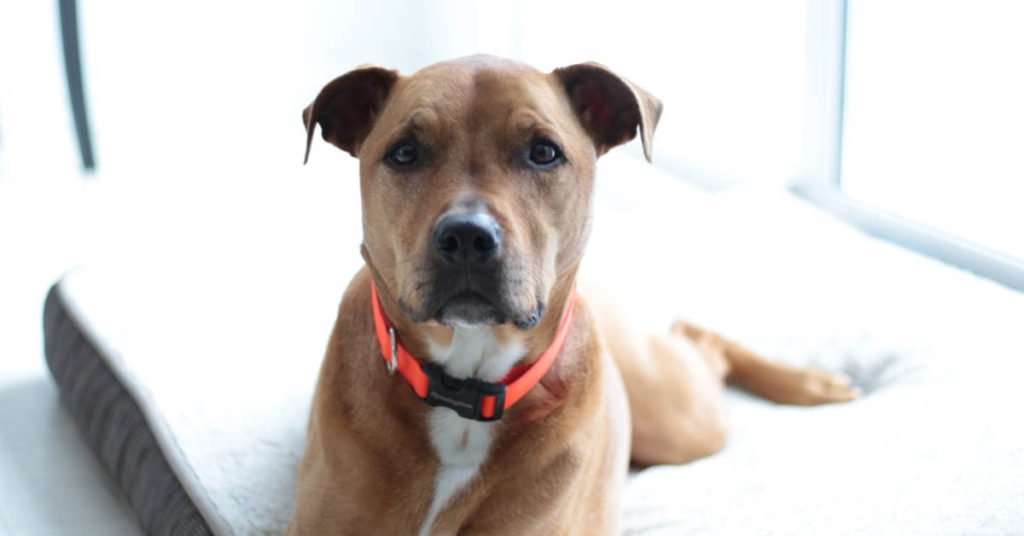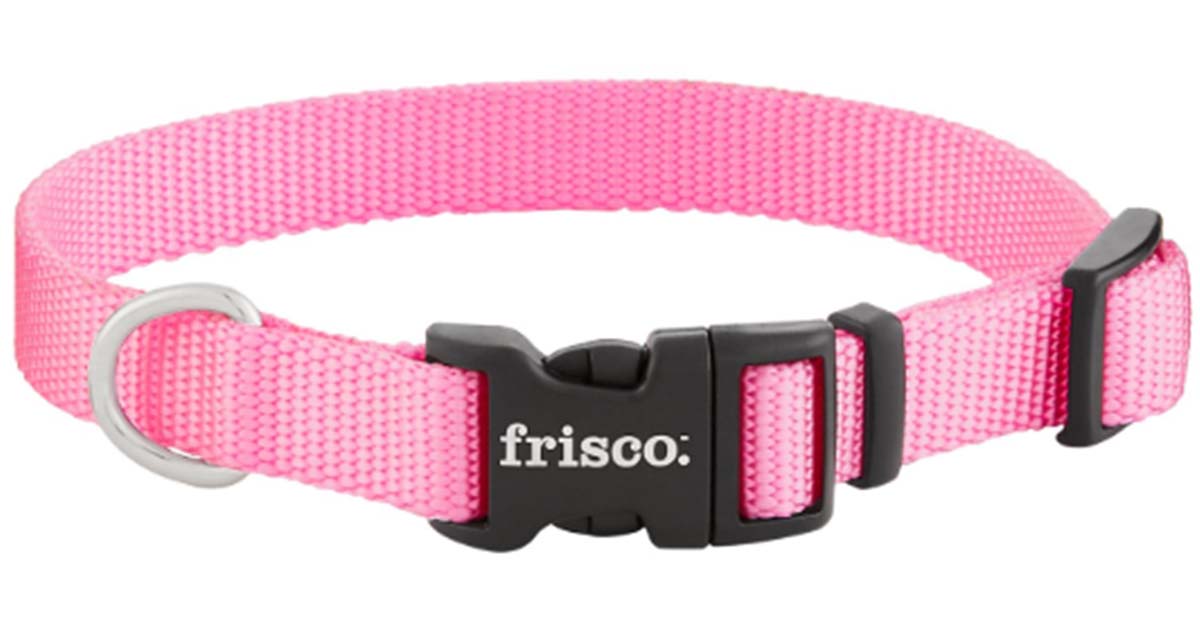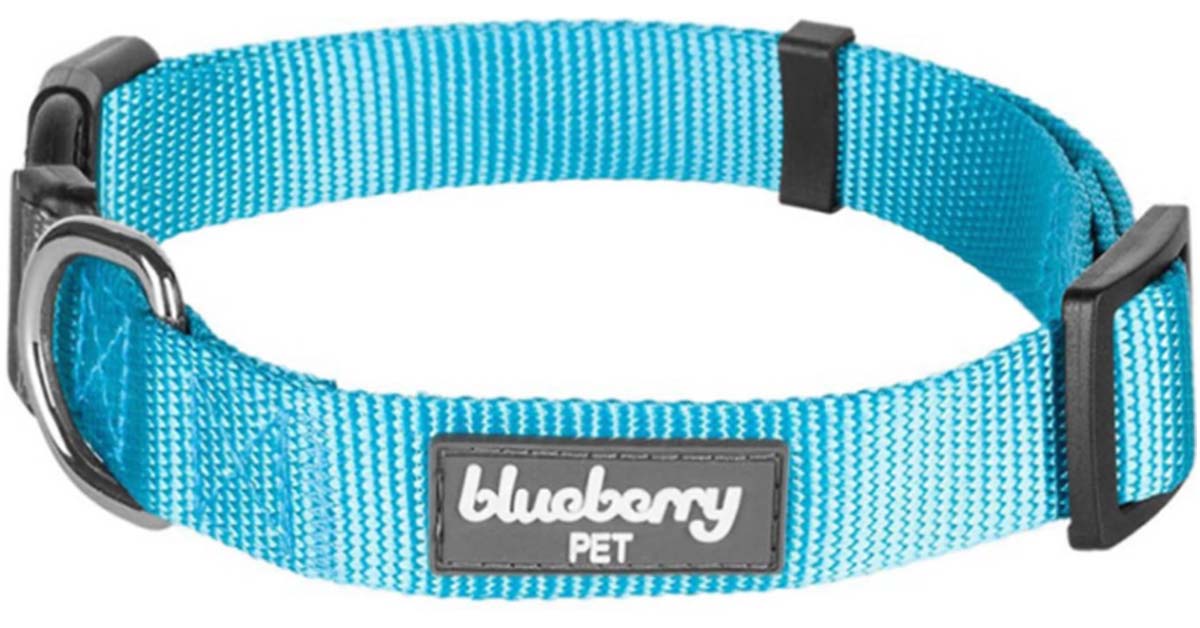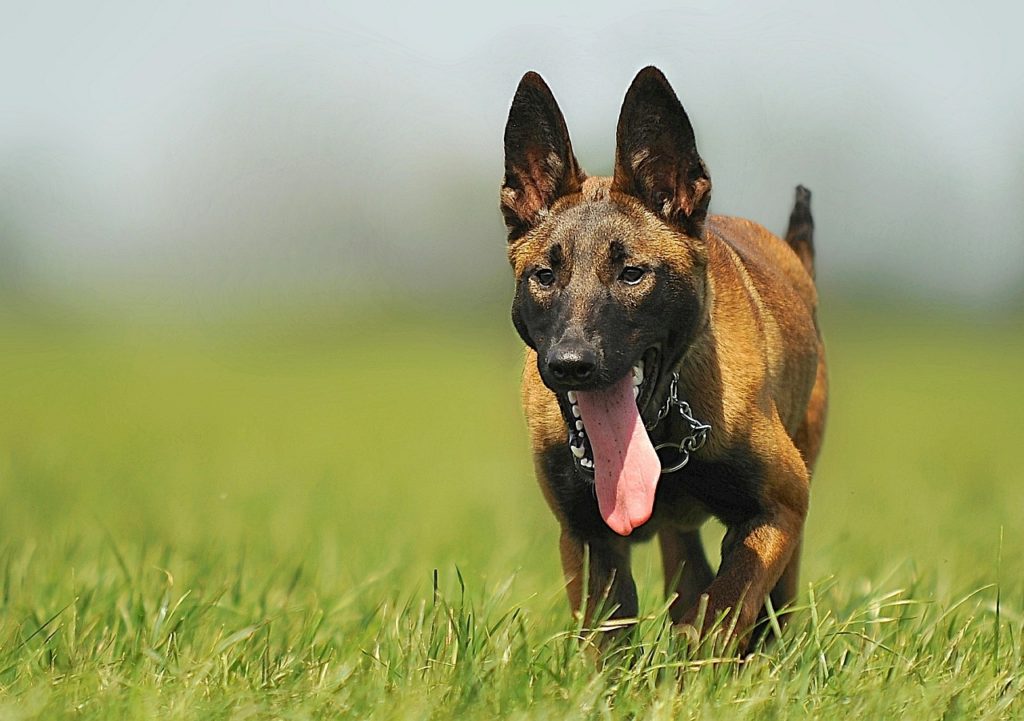

Irrespective of the type of breed you own, it is the kind courtesy to attach a collar to your dog while walking them in public.
It is quite a challenging task to find the most appropriate and comfortable fit for your canine friend, given the many options available.
When it comes to sizes, designs, materials, and colors on offer, the choices are endless.
It is essential to know which collar is best suited for your pet pooch, and how to use it safely.

“This post contains affiliate links, and I will be compensated if you make a purchase after clicking on my links.”
Dog gear comes in all shapes and sizes, keeping in mind their every need.
Pets are the immediate extension of your family and deserve the same love, care, and attention as you shower on your children.
While evaluating the dog collars available on sale, make an informed choice by taking into account these key considerations:
Size of Neck
Use a measuring tape to decipher the size of your dog’s neck by wrapping it around the area where the collar will be positioned.

Add an extra two inches to the measurement taken.
You should be able to fit two of your fingers under the collar and against your dog’s body to ensure it is neither too tight nor too loose.
A tight fit can make your loyal companion choke while a loose collar allows them to slip their heads out with ease.
In the case of growing dogs, you should check the collar size frequently as the neckband tends to tighten when the canine gets bigger.
Those breeds having smaller heads in proportion to their necks will not be able to slip out of their collars at will.
Primary Purpose
Every dog gear you lay your hands on serves a specific purpose.

Your four-legged friend’s needs and his daily activities will help you determine the kind of collar to purchase.
Subdued canines tend not to attempt escaping from your clutches; hence, a standard collar suits them the best.
For the more playful breeds, opt for buckles that easily detach from the main collar with a single snap.
There are collars designed primarily for training purposes, waterproof collars that suit wetter climates and water sport pursuits.

LED and reflective collars glow in the dark and provide adequate safety when visibility is poor.
Type of Material
Every material used to make dog collars comes with its fair share of pros and cons.
Opt for one that best meets your canine’s every requirement.
Neoprene, though bulkier, feels like soft rubber and dries faster hence works well for dogs that love spending time in the water.

Nylon dog collars are easy to use, inexpensive, and come in colorful patterns yet, tend not to last long and are difficult to keep clean.
Leather collars are durable and suit pets with sensitive skin, however, are expensive, and prone to smell with constant use.
Additionally, a collar with a large width ensures the pressure is evenly distributed over a full surface area.
Your dogs will feel more comfortable when less pressure applies to their necks.

Thicker widths work best on more robust dogs.
Prioritize the comfort of your pet pooch over all else when selecting a dog collar.





